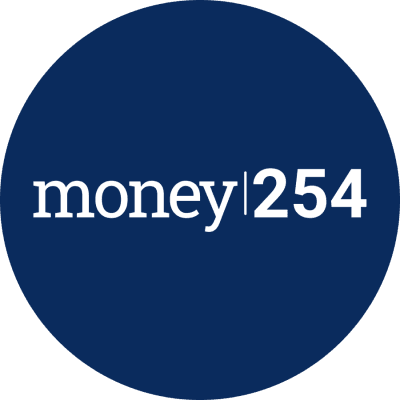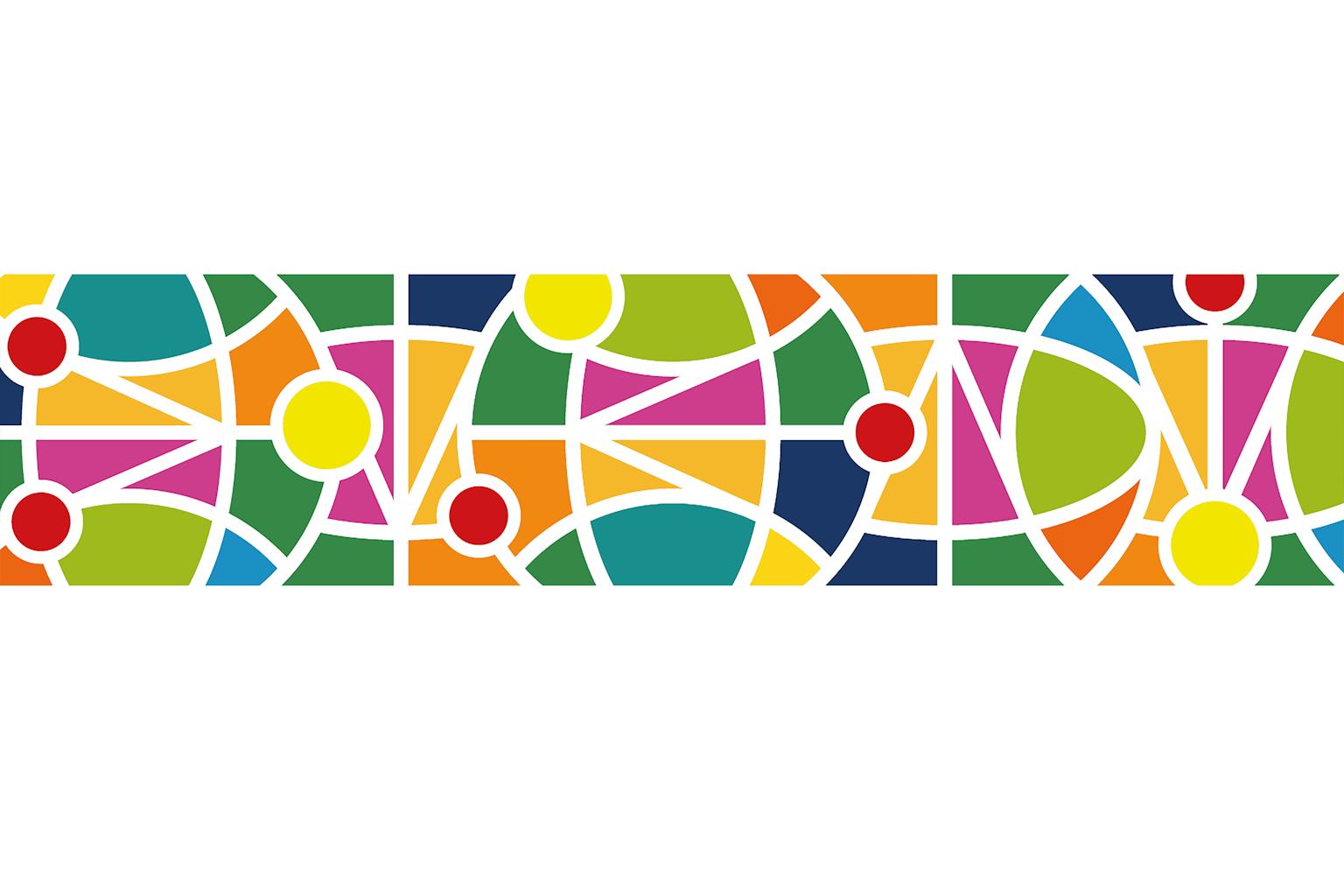
This article originally appeared on Money254. Money254 helps consumers and business owners to search, compare and apply for financial products in Kenya.
This golden rule is a simple, workable and practical concept for the self-employed and the traditionally employed.
Therefore, when you receive any income, your first step is to pay yourself first, which means setting aside some cash for your savings or retirement fund.
Do this before you do anything else.
That means before buying groceries, paying bills, or purchasing new appliances, beauty products, or internet, TV streaming subscriptions and so on.
Now that we have the definition down – the next step is to explore how paying yourself first works for you and how to go about it.
Why it’s important to pay yourself first
One key reason to always pay yourself first is to use this as a non-negotiable money-saving technique. It focuses on saving for your long-term needs and well-being before any other kind of spending.
Your financial well-being is non-negotiable. So, rather than looking at money set aside for your future as an option, think of your savings as the first, most important bill you must pay each month.
First, always set aside a portion of any income into your savings and investment accounts to help build your significant wealth over time.
Start small. No amount is too little to save as long as you’re consistent and aim to be one step ahead. For example, you can start by saving 5% of your income and increase as your income increases or as you get better at budgeting. Make sure to choose a savings account that gives you the best interest rates.
Other ways you can pay yourself include:-
- deposit towards a health insurance account (such as NHIF and private covers) if this is not always auto-deducted
- deposit into an emergency fund
- deposit into retirement and social security fund accounts, such as NSSF
- buying insurance and paying any disability care cover you may have or need.
Another reason to pay yourself first is the fact that you can logically break down your expenses. Keeping in mind that your savings are an expense, you have a full picture of where wastage is happening and you stand a good chance of stemming the bleeding.
This is as opposed to paying yourself last where you pay all expenses and save what is left after spending. Chances are that you will have much less to save or none at all because, well, expenses can be unlimited.
The expenses categories are:-
- Compulsory expenses: This refers to expenses that must be paid. These include rent, utility bills, medicine, and groceries or food. If you work at home or remotely, your internet connection bill is a mandatory cost. The plus side of this category is that the costs are often fixed and easier to plan for since the price is always the same or rarely changes.
- Discretionary expenses: These are variable costs, meaning they aren't mandatory. Such expenses include TV streaming subscriptions, entertainment, clothing, travel, home decor, new electronics, eating out, gym memberships and so on. They are harder to budget for because prices often vary, and payment is optional.
Tip: Do not opt to save what’s left over after you’ve paid off compulsory expenses because this inappropriately places savings as discretionary or optional expenses. In addition, there's a higher possibility of grounding your saving habits on your spending, which makes it easier to have nothing left over to save.
The easiest way to consistently pay yourself first is to authorise automatic deductions from your paycheck to a savings account, investment account or any other savings vehicle of your choice.
How to start paying yourself first
It can be overwhelming to start paying yourself first when you already feel like you struggle to keep up with your bills and any other spending.
However, there are easy ways to get started on this method of saving that you can transition to slowly.
1. Make the best of what you’ve got & start small
Again, don’t set yourself up for disappointment by copying others. Be realistic and honest about your financial situation.
Paying yourself first doesn't mean you need bags of cash and a complex financial plan. So if you don't have a savings, investment and retirement account in place, you need to start small.
Keep in mind that most investment, savings and retirement accounts may have a minimum monthly deposit and have an annual maintenance fee.
The good news is as long as you make your payments and transfers before spending on any other expense; you successfully prioritise your financial future by paying yourself first.
2. Automate your savings, investment & retirement contributions
Automating is the first and simplest step towards paying yourself first. It’s a convenient way to make transfers or deposits as soon as you are paid by automating your transactions to your preferred schedule (like daily, once or twice a month).
Another option is to open an account at an only online banking platform such as those offered on mobile money services. You can consolidate your daily or weekly savings here and then deposit to your preferred account with higher savings interest rates at the end of the month.
Another highlight of automation is that the money you earn (whether it be by lottery winnings, salary, dividends, inheritance, as a gift and so on) doesn't have to go to the same place.
If you make enough or when you do have enough money, you can direct funds to different accounts to serve your financial goals.
If your income is deposited into a specific current account: you don't have to worry about dipping into your savings since the designated savings amount is immediately transferred once money lands in the primary account.
3. Pay off debt
Did you know you could prioritise your debts from most urgent to least urgent? For instance, prioritise the high-interest debt, such as credit card debt and digital loans, to avoid sinking into a deeper financial hole due to high-interest costs.
Then work toward having your debt repayment on track and on time. Consider these three practical yet flexible methods.
- Debt Consolidation – this is where you take out a single loan to pay off multiple existing loans and you are only left servicing one, typically lower-interest loan. If you compare loan interest rates in the market, you could find one that can buy off your existing loans and get more friendly repayment terms.
- The Debt Snowball Method – this method requires you to make minimum payments on all debt by paying off the smallest debts first before moving on to “bigger” ones.
- The Debt Avalanche Method – this method is the most likely to save you on interest payment costs. It entails making minimum payments on all debt and then using any extra money to pay off the debt with the highest interest rate.
Once you’re debt-free, take the amount you had allotted to debt repayment and put it into savings, investments and retirement accounts.
4. Pay in advance
When you can comfortably meet your financial obligations, you stay ahead and on track with payments. Where possible, consider paying the annual amount. Get the best out of the flexibility of creditors and most services to allow advance payments and avoid late fees and debt piling up.
If you can do so for monthly bills and cover an extra month’s cost or more, that works in your favour (especially if you have a hard time making your payments on time).
Over time, this is a rewarding way to ease any financial stress since you will not have to keep up with weekly or monthly billing, making it easier to pay yourself first.
Wrapping up
When you pay yourself first, you are prioritising your long-term financial well-being.
Again, first invest in your future, rather than only focusing on immediate costs like rent, utility bills, and entertainment. By doing so, you are choosing long-term financial well-being as your most important "bill".
Also Read: Is a Bank Savings Account Good Enough?





